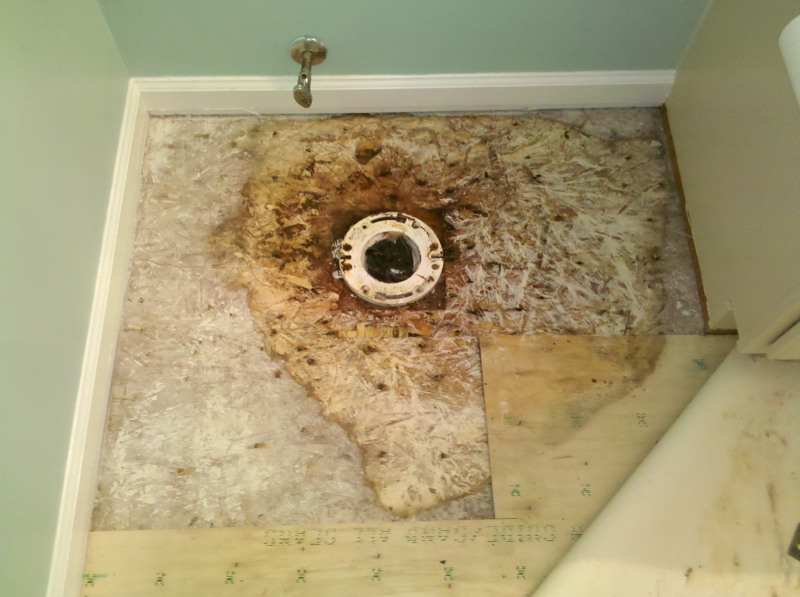Just How to Help Prevent Water Damage in Your Bathroom
Just How to Help Prevent Water Damage in Your Bathroom
Blog Article
Right here below you'll find a bunch of helpful advice about Preventing Water Damage in the Bathroom.

The shower room is extremely prone for moist build-up and also potential water damage as a result of the constant use of water in it. This post uses simple inspection methods to aid detecting water damage hazards.
The regular use water in the washroom makes it extremely susceptible for damp buildup and also potential water damage. By checking it on a regular basis, you can lower water related damages.
The complying with collection of examinations is easy to perform as well as must be done as soon as in every 3 months in order to maintain your bathroom in good shape and to avoid prospective water problems triggered by the bath tub, the shower, pipeline joints and also plumbing, sinks, closets, and the toilet
Do not neglect carrying out these evaluations as well as be extensive while doing them. Bear in mind that these basic assessments can conserve you a great deal of cash by supplying very early signs for water damages
Sinks as well as Cabinets
Sinks as well as cupboards are subjected to wetness as well as humidity daily and are usually overlooked. Inspect routinely under the sink and on the counter top above it. Repair any type of drip in the trap as it may suggest drain issues. Take a look around the sink, slow draining pipes may indicate a blocked drain. Replace sink seals if they are cracked or loose.
Bath tub and also Shower
The shower and also bath tub call for unique interest and maintenance. Examine the floor tiles as well as replace if broken. See to it that there is no missing out on grout in between the floor tiles. Check as well as replace cracked caulking at joints where the wall surfaces satisfy the floor or the bathtub. Obstructed drains pipes and pipes troubles will prevent the bath tub from drying out and might suggest major troubles underneath the tub. Consult with a specialist promptly to avoid structural damages. Take note of discolorations or soft locations around the tub wall surfaces as they might indicate an inner leak.
Plumbing
Signs for water damages are difficult to spot given that many pipelines are set up inside the walls.
Pay unique attention to floor covering as well as wall surfaces wetness and spots as they may suggest an unnoticeable plumbing trouble. Inspect dampness levels in adjacent spaces too.
The Bathroom
The commode is a prone water junction. Inspect the water lines and search for leakages around the bathroom seat, in the tube, as well as under the water container. If you spot any kind of signs of dampness on the floor around the bathroom, check for leaks in the toilet edge and container seals.
Be aware that hanging bathroom dish deodorants boosts the chances for blockages.
How to Prevent Water Damage in Your Bathroom?
Water damage repair is an expensive, meticulous, and lengthy process. Unfortunately, bathrooms are the most susceptible rooms to water damage due to toilets, showers, and sinks. Pipes and fixtures wear out over time and are not immune to damage. But all is not lost, as there are ways to prevent water damage from occurring in your bathroom.
Check Your Plumbing
Nothing lasts forever, especially pipes, which can rust and begin leaking over time. You should periodically conduct pipe inspections and pay attention for any musty smells or water stains that may indicate you need water damage repair. Here are some things to check:
Frequently test valves for your toilet, shower, and sink to ensure they are properly working. Check faucet supply lines hidden under vanities and replace when needed. Replace cracked or deteriorating caulking along sinks, tubs, and showers. If you notice a clog in your sink, call in a professional. Since you can’t check the pipes in the wall, keep an eye out for stains, drywall bubbling, musty smells, and excess moisture; if the bathroom is on a second level, check the ceiling of the room directly below for these signs. Don’t Overwork Your Toilet
One of the most common reasons bathrooms need water damage repair is due to overflowing toilets. Save yourself the hassle of cleanup by being mindful and not pushing your toilet to extreme limits. If you have young children, it is especially important to keep an eye on them when they are in the bathroom and to teach them how to avoid clogging the toilet. Here are some more tips to help prevent your toilet from overflowing:
If you have a septic tank, only use septic-safe toilet paper Do not flush anything down the toilet besides toilet paper; items like diapers and sanitary napkins will clog the piping Pay attention to your toilet’s water level: If it’s low, it could mean it is partially clogged or that there is a crack in the toilet bowl Maintain Your Shower/Tub
Replace showers or tubs with cracks or other damage; even hairline cracks can allow water to seep in and cause damage. Grout and caulk help prevent water from seeping into walls and floors, so repair them if they are chipped, cracked, or deteriorating. Replace torn shower curtains or shower doors with seals that no longer work. Dry the floor and drain water from the tub immediately after use to prevent damage from sitting water. https://www.alure.com/home-improvements-blog/resources/how-to-prevent-water-damage-in-your-bathroom

We are very curious about Common Causes of Water Damage in a Bathroom and I hope you appreciated my entry. Enjoyed our write-up? Please share it. Help other people check it out. Thank you for taking the time to read it.
Check It Out Report this page